Introduction to Nd:YCOB Crystals
Nd:YCOB (Neodymium-doped Yttrium Calcium Oxyborate) crystals are renowned for their exceptional properties, making them highly sought after in the realm of solid-state lasers. Their unique characteristics, such as high damage threshold and broad phase-matching range, have paved the way for groundbreaking advancements in laser technology.
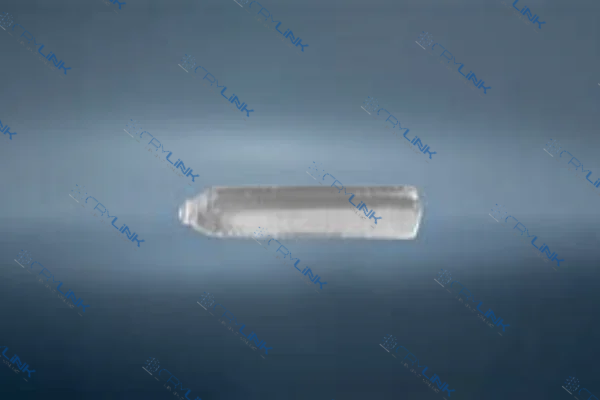
High-Power Lasers and Nd:YCOB Crystals
High-power lasers have always been at the forefront of technological advancements, especially in fields like medical treatments, industrial applications, and scientific research. The heart of these lasers lies in their lasing medium, which determines their efficiency and overall performance. Among the various materials available, Nd:YCOB crystals have emerged as a game-changer, setting new standards in the world of high-power lasers.
The efficiency of a lasing medium is a critical factor that can make or break the performance of a laser. When we talk about efficiency, we refer to the ability of the medium to convert input energy into laser light without significant losses. Nd:YCOB crystals, with their unique composition and structure, have proven to be exceptionally efficient. They can produce remarkable power outputs, which is a testament to their superior quality. What’s even more impressive is that these crystals achieve such high power outputs without compromising on their efficiency. This means that when a laser system employs Nd:YCOB as its lasing medium, it can expect minimal energy losses, leading to an optimal performance that’s hard to match.
But power and efficiency are just one side of the coin. For a high-power laser to function effectively, it must also manage the heat generated during its operation. Excessive heat can degrade the performance of the laser, lead to inconsistencies in output, and even damage the system. This is where the thermal stability of Nd:YCOB crystals comes into play. These crystals have a remarkable ability to withstand high temperatures, making them ideal for high-power operations. Their excellent thermal stability ensures that the heat generated during the laser’s operation is effectively managed, preventing any potential damage or degradation in performance.
Furthermore, the thermal properties of Nd:YCOB crystals are not just about withstanding heat. They also play a crucial role in maintaining the consistency of the laser’s performance. In many high-power laser applications, the laser needs to operate under intense conditions for extended periods. Any fluctuation in performance due to heat can have detrimental effects. However, with Nd:YCOB crystals as the lasing medium, such concerns are alleviated. Their inherent thermal stability ensures that the laser’s performance remains consistent, even under the most intense conditions.
In conclusion, the world of high-power lasers demands materials that can deliver on multiple fronts – power, efficiency, and thermal stability. Nd:YCOB crystals, with their exceptional properties, have proven to be the perfect fit. They offer unparalleled power outputs without sacrificing efficiency and exhibit outstanding thermal stability, ensuring consistent performance even in the most demanding scenarios. As technology continues to evolve, and the demands on lasers increase, Nd:YCOB crystals will undoubtedly remain a preferred choice for high-power laser systems.
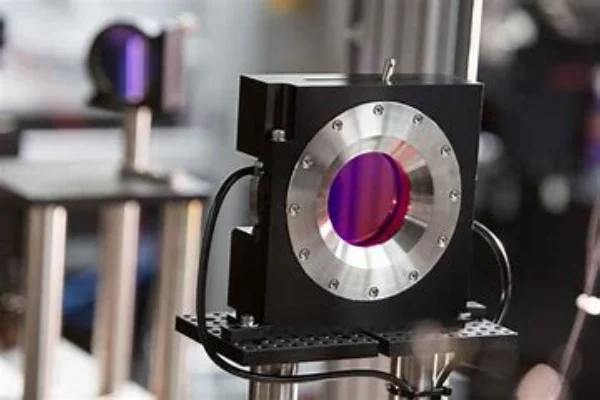
Frequency Doubling with Nd:YCOB Crystals
Frequency doubling, commonly known as second harmonic generation, is a pivotal process in the realm of laser technology. It involves the conversion of fundamental wavelengths into their second harmonics, effectively halving the wavelength and doubling the frequency. The efficiency of this process is heavily reliant on the medium used, and this is where Nd:YCOB crystals have carved a niche for themselves.
Nd:YCOB crystals have demonstrated superior enhanced conversion rates in frequency doubling applications. This means that when laser light passes through these crystals, a significant portion of the input energy is adeptly transformed into the desired harmonic. Such high conversion rates are not just about producing more powerful outputs; they also signify the crystal’s ability to minimize energy losses during the process. This efficiency ensures that laser systems using Nd:YCOB crystals for frequency doubling can achieve optimal performance with reduced energy consumption.
But the prowess of Nd:YCOB crystals in frequency doubling doesn’t stop at conversion rates. Another critical aspect of this process is the phase-matching range of the crystal. Phase matching is a condition where the velocities of the fundamental and harmonic waves are synchronized, ensuring efficient energy transfer between them. The broader the phase-matching range of a crystal, the more versatile it becomes, capable of generating harmonics across a diverse range of wavelengths.
Nd:YCOB crystals boast a broad phase-matching range, making them exceptionally versatile. This versatility means that they can be employed in a myriad of laser applications, from medical treatments to industrial processes and scientific research. Their ability to cater to a wide spectrum of laser applications ensures that systems using these crystals can be tailored to specific needs, be it generating a particular wavelength or achieving a desired power output.
In essence, the unique properties of Nd:YCOB crystals, from their enhanced conversion rates to their broad phase-matching range, have positioned them as a preferred choice for frequency doubling in laser systems. Their efficiency and versatility promise not only powerful and consistent outputs but also pave the way for innovations in laser technology.
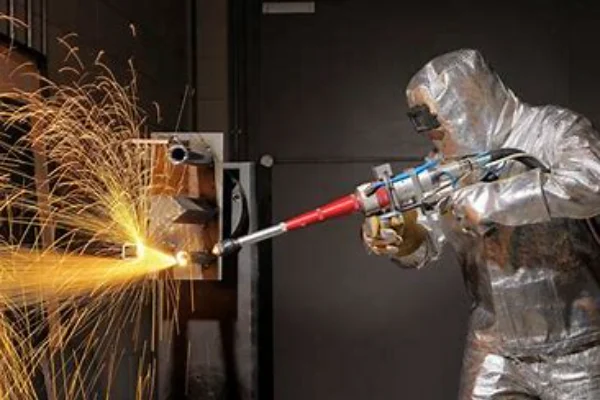
Parametric Oscillation and Nd:YCOB Crystals
Optical parametric oscillation (OPO) stands as one of the most intriguing and vital processes in the field of photonics. At its core, OPO involves the conversion of a photon into two daughter photons, each carrying lower energy than the original. This process, while seemingly simple, demands a medium that can facilitate such a conversion with high efficiency and reliability. Enter Nd:YCOB crystals, which have proven to be a game-changer in this domain.
One of the standout features of Nd:YCOB crystals in the context of OPO is their versatility in wavelength generation. The ability to generate a wide range of wavelengths is crucial for various applications, from medical imaging to telecommunications. With their expansive phase-matching capabilities, Nd:YCOB crystals can cater to this need seamlessly. They can produce a plethora of wavelengths, ensuring that the resulting light can be tailored to specific requirements. This adaptability opens up a world of possibilities, allowing for innovations and advancements in areas that rely on precise wavelength generation.
However, the efficiency of the OPO process isn’t solely dependent on wavelength versatility. The resilience of the medium used is equally crucial. High-power operations, especially those involving intense laser beams, can be detrimental to materials with low damage thresholds. Any compromise on this front can lead to inefficiencies, reduced performance, and even damage to the system. Nd:YCOB crystals shine in this aspect as well. Known for their robustness, these crystals boast a high damage threshold, making them resistant to potential harm from powerful laser operations. This resilience ensures that the OPO process remains not just efficient but also reliable over extended periods.
In the grand scheme of photonics, the role of the medium cannot be understated. And with their exceptional properties, Nd:YCOB crystals have solidified their position as a preferred choice for optical parametric oscillation. Whether it’s their unmatched versatility in wavelength generation or their commendable resilience against intense laser beams, these crystals promise a future where the boundaries of photonics are continually expanded
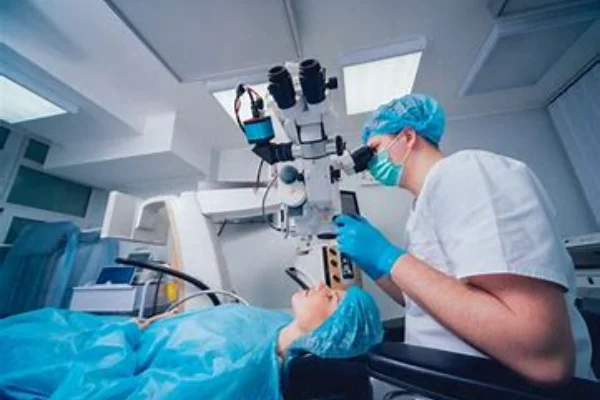
Advantages of Using Nd:YCOB Crystals in Solid-State Lasers
In the rapidly advancing world of photonics and laser technology, the choice of materials plays a pivotal role in determining the efficiency, reliability, and overall performance of laser systems. Nd:YCOB crystals, with their unique properties, have emerged as a preferred choice for solid-state lasers, offering a plethora of advantages that set them apart from other materials.
One of the most notable advantages of Nd:YCOB crystals is the exceptional beam quality they provide. Beam quality is a measure of how closely a laser beam matches an ideal Gaussian beam, and it plays a crucial role in applications where precision and consistency are paramount. With Nd:YCOB crystals, laser systems can produce outputs that are not only consistent but also coherent and free from distortions. This superior beam quality ensures that the resulting laser light can be focused to a fine point, making it ideal for applications ranging from surgical procedures to intricate material processing.
Durability is another area where Nd:YCOB crystals shine. In the demanding world of laser applications, where systems often operate under intense conditions for extended periods, the longevity of the lasing medium becomes critical. Nd:YCOB crystals, with their robust structure and inherent stability, boast a long operational lifespan. This means that laser systems employing these crystals can expect a prolonged period of optimal performance, with minimal degradation over time. Such longevity not only ensures consistent outputs but also reduces the need for frequent replacements or maintenance, leading to increased operational efficiency.
Lastly, while performance and durability are essential, cost-effectiveness remains a key consideration for many organizations and researchers. Nd:YCOB crystals, despite their premium performance attributes, are surprisingly cost-effective. Their long operational lifespan, combined with their efficiency, means that the overall operational costs associated with these crystals are reduced in the long run. This offers excellent value for money, making them an attractive option for both high-end research applications and commercial laser systems.
In conclusion, Nd:YCOB crystals, with their superior beam quality, durability, and cost-effectiveness, have positioned themselves as an invaluable asset in the world of solid-state lasers. Their unique properties promise not only top-tier performance but also long-term reliability and economic viability, making them a go-to choice for a wide range of laser applications.
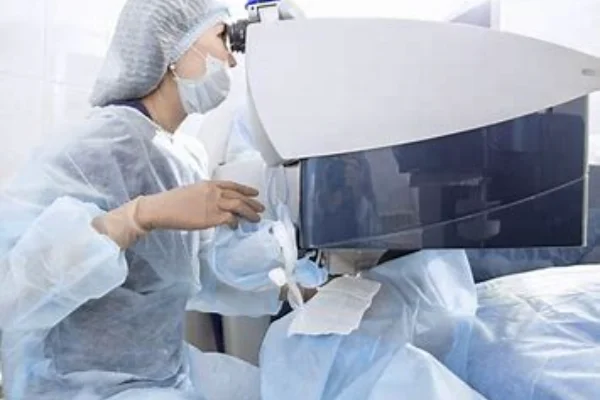
Conclusion
Nd:YCOB crystals have revolutionized the world of solid-state lasers. Their exceptional properties, ranging from high power outputs to superior beam quality, make them an indispensable asset in modern laser technology. As research continues and technology advances, it’s evident that Nd:YCOB crystals will remain at the forefront of laser innovations.
FAQs
- What are Nd:YCOB crystals primarily used for?
- Nd:YCOB crystals are primarily used in solid-state lasers due to their exceptional properties like high damage threshold and broad phase-matching range.
- How do Nd:YCOB crystals enhance frequency doubling?
- They offer enhanced conversion rates and a broad phase-matching range, making them ideal for efficient frequency doubling.
- Why are Nd:YCOB crystals preferred for high-power lasers?
- Their efficiency, power output, and thermal stability make them ideal for high-power laser applications.
- What makes Nd:YCOB crystals versatile in wavelength generation?
- Their wide phase-matching capabilities allow them to generate a diverse range of wavelengths, especially in optical parametric oscillation processes.
- Are Nd:YCOB crystals durable?
- Yes, they are known for their long operational lifespan and high damage threshold, making them durable and reliable for extended use.

Frank
Frank graduated from the University of Shanghai for Science and Technology, majoring in optics. As a technical engineer at Crylink Company, he deeply understands crystal materials and laser components.
Related Video(s) with this Article
Related Product(s) with this Article
Related Application(s) with this Article
